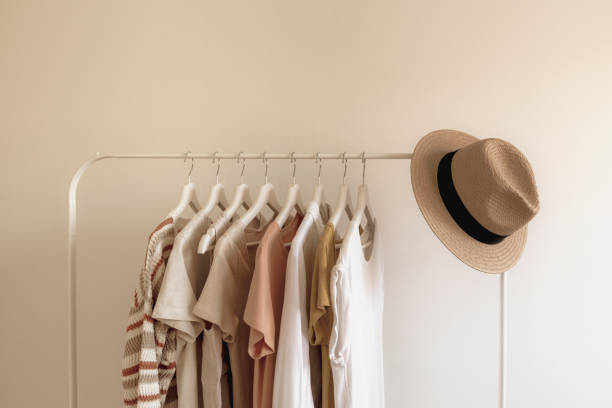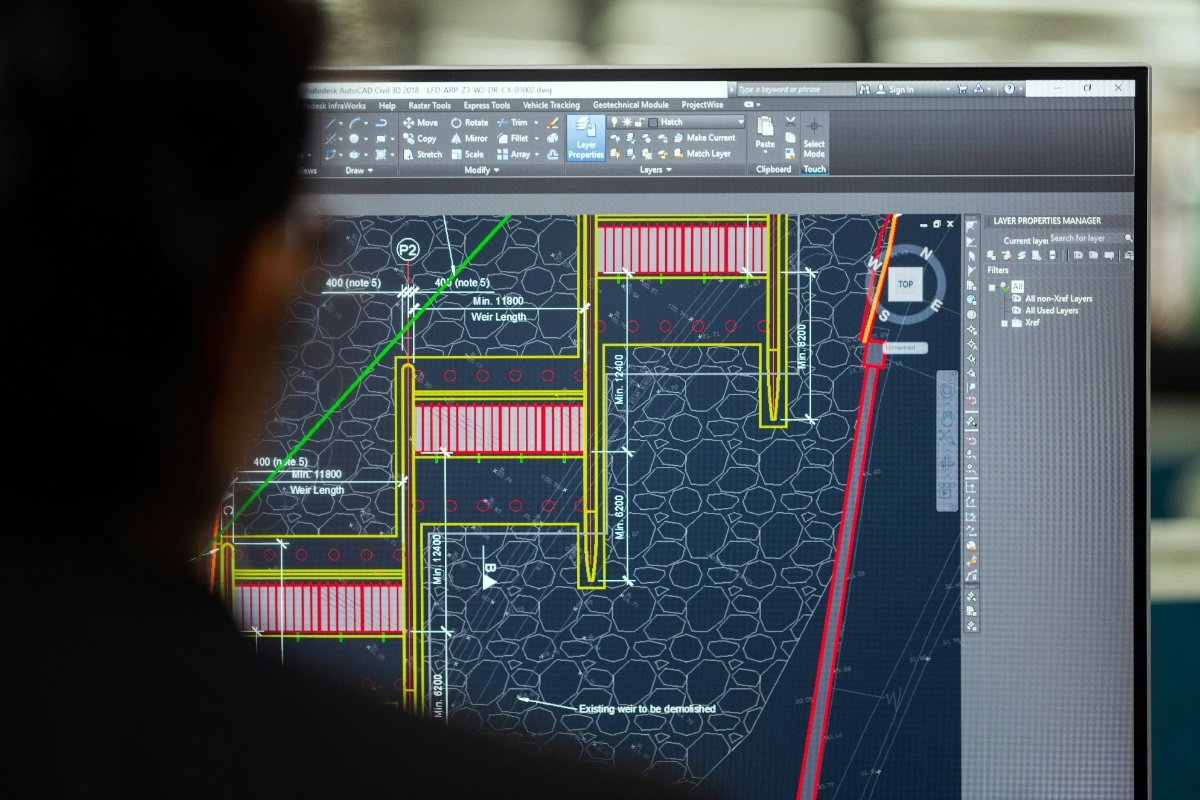
Quiet luxury refers to subtle elegance without overt branding. It relies on quality, tailoring, and refined taste. People gravitate toward pieces that speak softly yet powerfully about wealth and taste.
This concept is rooted in minimalism but elevates it through craftsmanship. Materials, construction, and longevity take precedence over trends. It avoids bold statements, focusing instead on intentional detail.
It’s not about being boring or plain. Quiet luxury creates a visual language that’s calm, collected, and curated. It aligns with mindful consumption and timelessness rather than trend cycles.
Many now see quiet luxury as a form of soft power. It signals confidence and heritage without trying too hard. Discerning consumers want lasting value, not flashy attention.
Overt branding once defined luxury status. From giant logos to designer monograms, visual branding was once essential. But today`s elite are opting for discretion over display.
Consumers now associate big logos with mass production. In contrast, smaller, unknown artisans offer exclusivity and true craftsmanship. Quiet luxury thrives on those invisible qualities.
The digital world has changed how we perceive luxury. Flexing online feels outdated to many. Instead, muted tones and subtle textures have taken center stage.
Shoppers want items that speak to personal taste, not trend obedience. They seek pieces with depth, legacy, and emotional connection rather than surface glitz.
Minimalism and quiet luxury emphasize fewer but better pieces. It’s not about owning less just for the sake of it—it’s about choosing well. Each item must serve a purpose.
People are rejecting fast fashion and short-term buying habits. They prefer investments in timeless goods that won’t go out of style next season. The cost-per-wear mindset is growing.
Fine tailoring, natural fabrics, and neutral palettes allow more versatility. Buyers want their wardrobe or home to age gracefully rather than becoming outdated quickly.
This approach often leads to less clutter and more clarity. It reflects a lifestyle that values intention and calm, which appeals to many facing overstimulation.
Sustainability and quiet luxury are strongly linked. Ethical production, environmental impact, and slow fashion all support the quiet luxury mindset. They go hand in hand.
Minimalism reduces waste. Fewer items consumed means fewer resources used. Consumers now ask how something was made, not just how it looks or who made it.
Brands rooted in sustainability are gaining popularity. They`re transparent about sourcing, labor, and longevity. That transparency enhances their appeal to the quiet luxury market.
Luxury isn’t just about status anymore. It’s about responsibility. Quiet luxury reflects a mature, conscious consumer who values the planet as much as aesthetics.
Quiet luxury involves building a meaningful relationship with items. Each possession tells a story, serves a function, or brings joy. It`s emotional, not impulsive.
Minimalist living encourages us to cherish fewer things deeply. A well-loved coat, a handcrafted chair, or a tailored shirt brings pride that flashy items can’t.
These emotional ties come from thoughtful purchasing. Instead of filling closets with disposable goods, people are curating their lifestyle around essentials that last.
This practice creates a sense of calm and control. It removes the stress of constant replacement and trends. That emotional peace is itself a form of luxury.
Neutral colors play a key role in quiet luxury. Beige, cream, gray, and earthy tones dominate wardrobes and interiors. They exude calm and never go out of style.
These tones complement minimalist design by allowing texture and shape to take center stage. A neutral palette can make any space or outfit feel cohesive and elevated.
Unlike bold colors that may clash or date quickly, neutrals stay relevant year after year. They build the foundation for enduring elegance and versatility.
Neutrals aren’t boring—they`re refined. They shift the focus away from flashiness and toward form, detail, and structure. That’s the essence of quiet confidence.
Tailoring and artisanal skill define quiet luxury. From Italian leather goods to Japanese denim, consumers are exploring pieces that showcase human craftsmanship over machine perfection.
Handmade and small-batch items provide uniqueness. Their flaws become part of their charm. They resist mass production, which adds authenticity to the buyer’s experience.
Tailored fashion, in particular, embodies this value. A perfectly fitting blazer or suit is worth more than any label. It represents skill and personal attention.
These items often age well, developing character over time. Craftsmanship isn’t just beautiful—it’s sustainable, memorable, and irreplaceable.
Although quiet luxury avoids showy status, many designers and celebrities have embraced it. Fashion houses like The Row, Loro Piana, and Brunello Cucinelli define the look.
Rather than red carpet glitz, these brands focus on precision, tone, and texture. They’ve earned respect for resisting the pressure to follow trends or seek clout.
High-profile figures now wear quiet luxury to signal taste over hype. Their minimal looks often go viral precisely because they exude self-assurance and timelessness.
Quiet luxury isn`t anti-fashion—it`s anti-noise. These tastemakers prove that elegance can whisper and still make an impact.
Quiet luxury is about mental calm as much as aesthetics. Minimalist spaces and clothing reduce visual clutter, promoting a peaceful environment.
In a world saturated with overstimulation, people crave visual stillness. Clean lines, symmetry, and neutral palettes offer relief from chaos.
Homes and wardrobes that reflect quiet luxury become sanctuaries. They`re places to think, recharge, and simply be. That serenity is the ultimate modern aspiration.
This shift isn`t just personal—it’s cultural. We’re moving toward simplicity as a rebellion against noise, distraction, and consumer fatigue.
Fast fashion is losing appeal. Quiet luxury promotes longevity instead. Long-lasting clothes, timeless interiors, and classic designs are back in demand for their enduring relevance.
A well-made trench coat can last decades. A Scandinavian chair from the `60s still feels modern. This staying power defines true luxury in today’s minimalist world.
Longevity also ties into personal style. Instead of chasing trends, people develop an aesthetic that evolves slowly. That personal refinement is valuable and rare.
Durable design creates freedom. You don’t have to constantly replace or upgrade. That feeling of lasting quality is liberating in a culture obsessed with the next thing.
Minimalism fuels intentional purchasing. Consumers are becoming more aware of what they buy, how often, and why. Quiet luxury supports this through a slower, thoughtful pace.
People are planning their buys more carefully. They seek quality, need, and beauty—not impulse or pressure. This creates a deeper satisfaction with every purchase.
This mindset reduces waste and increases fulfillment. It aligns spending with values, which builds emotional wealth over material accumulation.
Retailers are adapting too. Capsule collections and transparent supply chains reflect this shift. Shopping is becoming more meaningful, less chaotic.
The trend extends into living spaces. Interior design has embraced soft minimalism—stone textures, light woods, linen, and low-saturation color palettes dominate modern homes.
Furniture is simpler yet richer in quality. Rooms are airier, with less clutter and more natural light. Spaces feel lived-in, peaceful, and curated with care.
Quiet luxury homes emphasize comfort, not status. Objects are chosen for purpose and pleasure, not display. They reflect their owners rather than trends.
From Scandinavian to Japandi styles, homes now radiate quiet confidence. The message is clear: serenity is the new success.
Quiet luxury isn’t just a trend—it’s a cultural shift. As people seek meaning, clarity, and calm, this aesthetic will continue evolving across industries and lifestyles.
Brands that align with this philosophy will grow. Those rooted in transparency, tradition, and quiet elegance will lead the way in fashion, home, and wellness.
Consumers are becoming more discerning. They want alignment between who they are and what they own. Quiet luxury enables that harmony through minimalism and authenticity.
The future of luxury is not about shouting. It`s about listening, choosing wisely, and expressing quietly. That’s why quiet luxury is here to stay.
I'm a blogger and writer for different websites, where I share engaging content on a variety of topics from lifestyle and culture to travel and trends. Passionate about storytelling and connecting with readers, I aim to inspire, inform, and entertain through every post.






